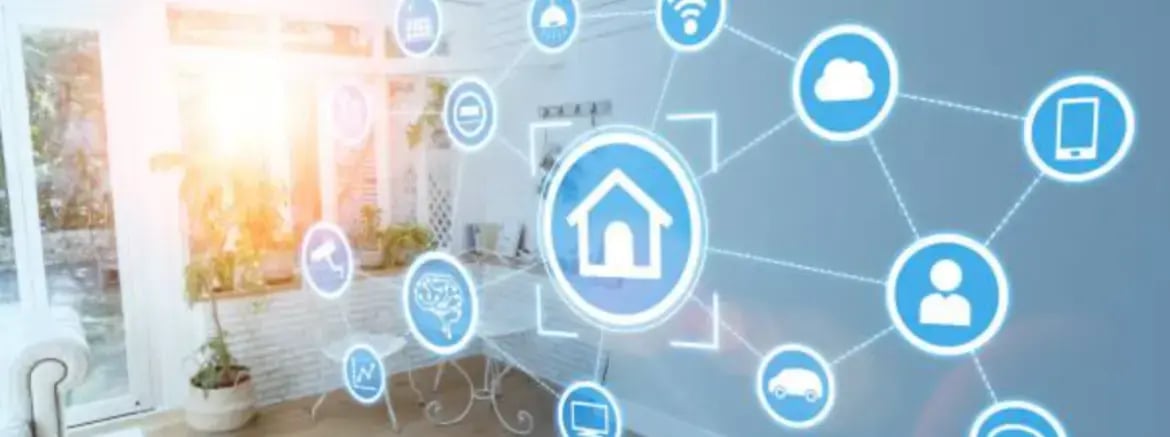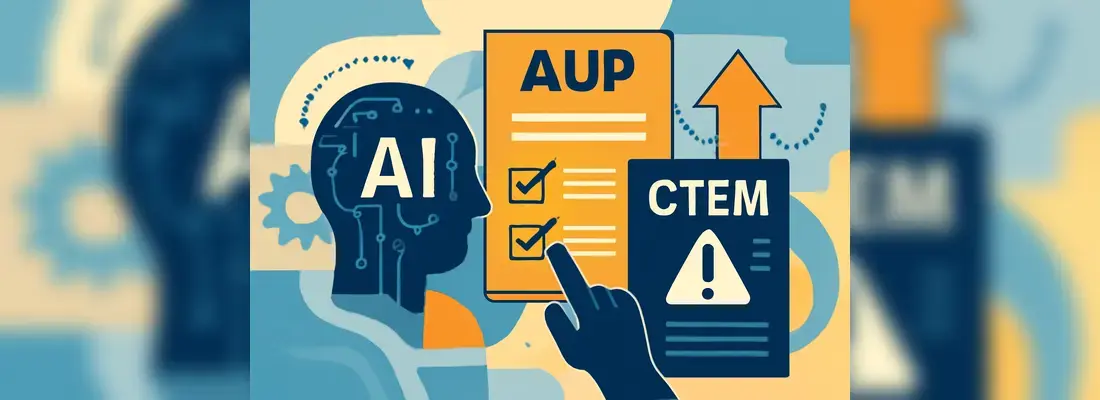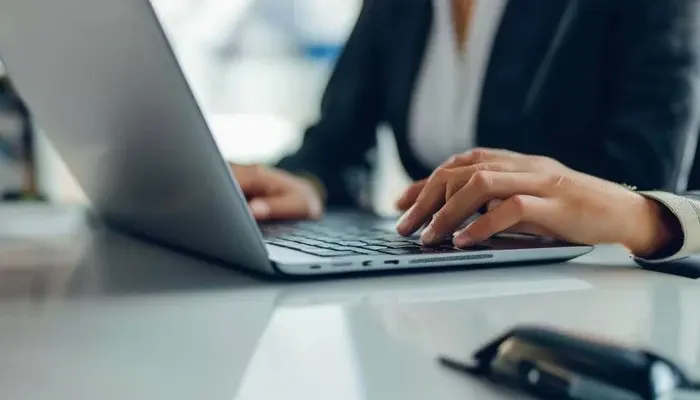5 Benefits of Smart Cameras in Cybersecurity
Date: 19 November 2024

Today, cybersecurity is crucial for protecting personal and business information. Smart cameras have become valuable tools for enhancing security, combining advanced technology with video surveillance. These cameras can do much more than traditional surveillance, thanks to features like facial recognition, motion detection, and data analysis.
Let us explore five key benefits of using smart cameras for cybersecurity. Each benefit will show how these cameras add an extra security layer, helping prevent and manage threats effectively.
1. Real-Time Threat Detection
One reason to integrate smart cameras into your cybersecurity strategies is that they are handy for identifying threats in real-time. Unlike conventional cameras, which can only capture recorded footage, smart cameras analyse videos while filming. They have sophisticated software that can analyse unusual or suspicious activities.
For example, if an unauthorised person moves around a restricted area, the camera can identify the person and alert security. This helps security teams mitigate such attacks before any damage occurs. Real-time detection also helps reduce the chances of potential threats going unnoticed, which is especially important in high-risk environments like banks or government buildings.
Further, most smart cameras use AI, which can adapt to the region’s normal patterns. This makes smart cameras ideal gadgets for preventing cyber-attacks and physical threats since they produce an alert when a threat exists.
Many smart cameras have data encryption options as part of their construction. Encryption guarantees that unauthorised people will not access whatever goes around the camera lens. When encrypted, the data is translated into a form that cannot be understood by any person who does not have the decryption key. This helps, especially in protecting the information to be kept secret.
For instance, video from a camera installed in a company’s server room shall not be disclosed to the public to prevent theft. Should any individual attempt to tamper with the footage, they cannot view it without the decryption key. Encryption ensures that even if the intruder gains access to the camera’s data, they cannot exploit it.
This little extra security measure allows business organisations to keep critical security information secure and out of the reach of people who should not have access to it.
3. Facial Recognition for Improved Access Control
Smart cameras are equipped with facial recognition technology that can help improve security in various environments. Facial recognition helps the camera recognise people based on their faces. This is better than connecting with key cards or passwords, which can be easily copied or forgotten.
For instance, smart cameras allow only authorised persons to access restricted areas such as workplaces or security-limited areas. The camera checks facial mapping and compares the picture to a list of requisite people. If a person is known, the door will open.
Facial recognition technology can also identify how people move around a building. Security guards or employees can always know who is in the building, effectively reducing break-ins or theft.
4. Automation of Security Processes
Smart cameras can automate many aspects of a security system. Instead of using security officers to monitor video streams and analyse the feeds constantly, smart cameras can execute ordinary procedures independently. For instance, these cameras can send alerts immediately when they see an intruder’s movement or notice that the door is open.
They can also notify security personnel in real-time to enable them to assess the situation and respond accordingly.
Some smart cameras can also include security systems, which lock doors and other mechanisms when a threat appears. This automation helps relieve the workload of security staff and guarantees that responses to security threats are timely and precise. Hence, smart cameras reduce the time and costs required to constantly monitor operations.
They also reduce the likelihood of errors, ensuring that security measures are followed consistently.
5. Remote Monitoring Capabilities
One of the most significant advantages of smart cameras is their ability to offer remote monitoring. Security teams can view live or recorded footage anywhere using a smartphone, tablet, or computer. This is especially useful for businesses with multiple locations or people who need to monitor their property while traveling or working from home.
Instead of relying on staff to be on-site at all times, authorized users can check the camera feed from any location with an internet connection. Remote monitoring allows security teams to quickly assess situations and respond to incidents, even if they are not physically at the location. For instance, if a security breach occurs after hours, security personnel can review the footage and take immediate action, such as contacting the police or activating an alarm.
Remote access to camera feeds also allows for more flexible security management. It will enable business owners and security managers to stay in control of their premises, no matter where they are.
Conclusion
Smart cameras are helpful in cybersecurity because they can detect threats in real-time. They provide an extra level of security to physical and virtual properties. Smart cameras have added security functionality, such as facial recognition and remote monitoring, increasing security effectiveness.
They also minimise human error risks and provide maximum automated response to threats. Over time, smart cameras will become even more powerful tools for protecting businesses and individuals. Investing in smart cameras is a proactive way to ensure that security is always a top priority.






.webp)
